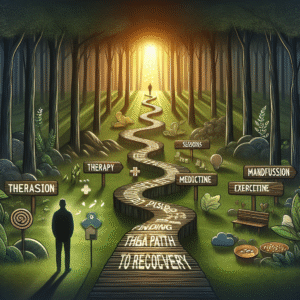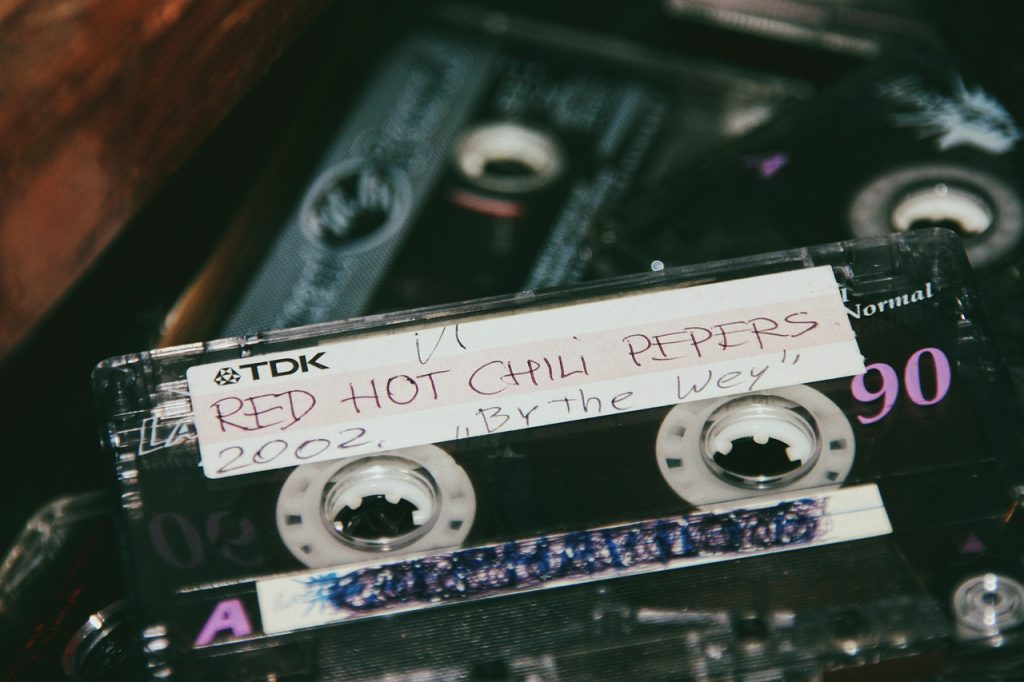Decluttering can be an overwhelming task, especially when sentimental items are involved. The emotional attachment to personal belongings is real, and letting go can often feel like you’re disrespecting core memories. But with compassion and mindfulness, it’s entirely possible to declutter while honoring the memories these items hold.
In this post, we’ll explore how to approach sentimental clutter with understanding. We’ll share practical steps that help retain the emotional value of items without holding onto the physical clutter.
1. Recognize That Sentimental Clutter is Normal
First, it’s important to acknowledge that feeling emotionally attached to items is completely normal. These items—whether gifts from loved ones, childhood memorabilia, items that mark significant life events—often hold more than just practical value. They carry memories, emotions, and a sense of identity.
Many people struggle with sentimental clutter because they don’t want to lose those emotional connections. But the clutter isn’t keeping the memories alive—the memories are within you and you can remember them in different ways.
2. Start with Small, Manageable Categories
When dealing with sentimental clutter, start small. Focus on manageable categories, like photographs, letters, or small keepsakes. Breaking down the process into microtasks will make it feel less overwhelming and give you a sense of accomplishment as you make progress.
For example: Begin by focusing on one drawer or one box of sentimental items. Instead of sifting through your entire attic or all of your childhood belongings at once, try working through a few specific categories, like birthday cards or childhood toys.
Tip: Take your time. The goal is to create a space that serves your present self, not to rush the process of deciding what to keep or let go.
3. Give Yourself Permission to Let Go
It’s important to give yourself permission to let go of items that no longer serve you. Letting go doesn’t mean you’re dishonoring the memory—it simply means you’re freeing up space for new memories and a new chapter of your life.
Questions to ask while deciding:
- Does this item truly hold meaning to me now, or is it something I feel obligated to keep?
- Can the memory be preserved in a different way, like through a photograph or written reflection?
- Am I keeping this because of guilt or the fear of forgetting?
4. Honor Memories Without Holding on to the Physical Item
If you’re struggling to let go of certain sentimental items, consider finding creative ways to preserve the memories without holding on to the physical item.
- Take a photo: Take a photograph of the item before you part with it. This way, you’ll still have a visual reminder of the item, but without it taking up physical space.
- Create a memory box: Instead of keeping every piece of memorabilia, create a curated memory box with a selection of the most meaningful items. Limit the box size to a specific dimension if needed.
- Write about the item: Journaling about the memories attached to the item can help you process your feelings and ensure that the memory lives on in a meaningful way.
5. Use the “One In, One Out” Rule
Every time you acquire something new—whether it’s a gift, souvenir, or an item from a special occasion—make a commitment to let go of an item that no longer serves you. This rule helps to keep sentimental clutter from building up over time, while also ensuring that you’re only holding on to items that are truly important to you.
Here are some tips to make this step easier:
- Keep a donation bag ready: If you have a spot to put the item you’re decluttering, you can start to move on without a second thought. Don’t go through the bag again when it’s time to donate—just carry it to the secondhand shop.
- Remember the rule while shopping: While picking out new souvenirs on vacation, decide which item you’ll let go of before you reach the store’s checkout line. This will help you make sure the new item is worth getting rid of the past one.
Tip: If you’re unsure about whether to keep an item, ask yourself if it would be something you would choose to buy again today, given your current life stage and needs.
6. Acknowledge the Emotional Weight of the Process
Decluttering sentimental items isn’t just about clearing out your physical space; it’s also an emotional process. It’s normal to feel a sense of loss or sadness when parting with items that hold deep emotional value. Acknowledge these feelings and give yourself the grace to process them.
- Allow yourself to grieve: It’s okay to feel a sense of loss. However, remembering the memories are not tied to the objects can help you move forward in a healthy way.
- Be kind to yourself: Understand that it’s okay if you need to take breaks or if the process feels difficult. Allow yourself the time and space to decide without rushing. Decluttering is not about perfection; it’s about making decisions that align with your present needs and values.
7. Start by Letting Go of What’s Most Replaceable
If you’re feeling particularly overwhelmed by sentimental clutter, begin with the items that are easiest to part with. These might include multiples (like knick-knacks or clothing). They might also be items that hold less emotional weight (think tupperware without lids, electronics that no longer work, or the extra blankets in the bottom of your spare bin that haven’t been touched in years). Letting go of these items first will help build momentum and ease you into the process of decluttering the more challenging possessions.
By starting with the less emotional items, you can practice decision-making and gain confidence in your ability to let go of things that no longer serve you.
As you work through the various steps in this list, remember that decluttering sentimental items is a deeply personal and emotional process. It’s natural to feel attached to certain possessions because of the memories and feelings they represent. However, by approaching the process with compassion, taking small steps, and honoring the memories in non-physical ways, you can clear your space while still preserving the emotional value of the items you choose to let go of.
Remember that decluttering is about creating space—for new experiences, new memories, and a more organized life. By practicing mindfulness and self-compassion, you can build a living space that reflects your present self while continuing to fully honor your past.






